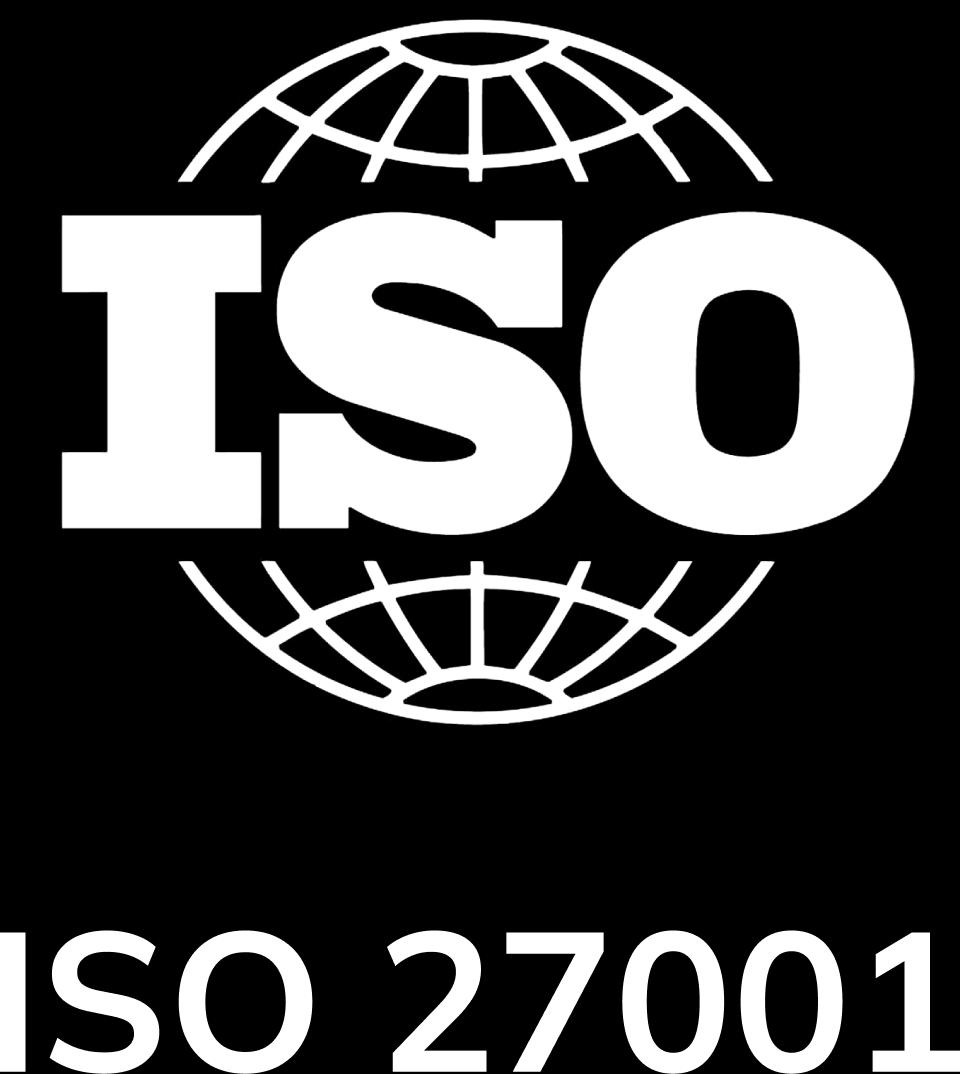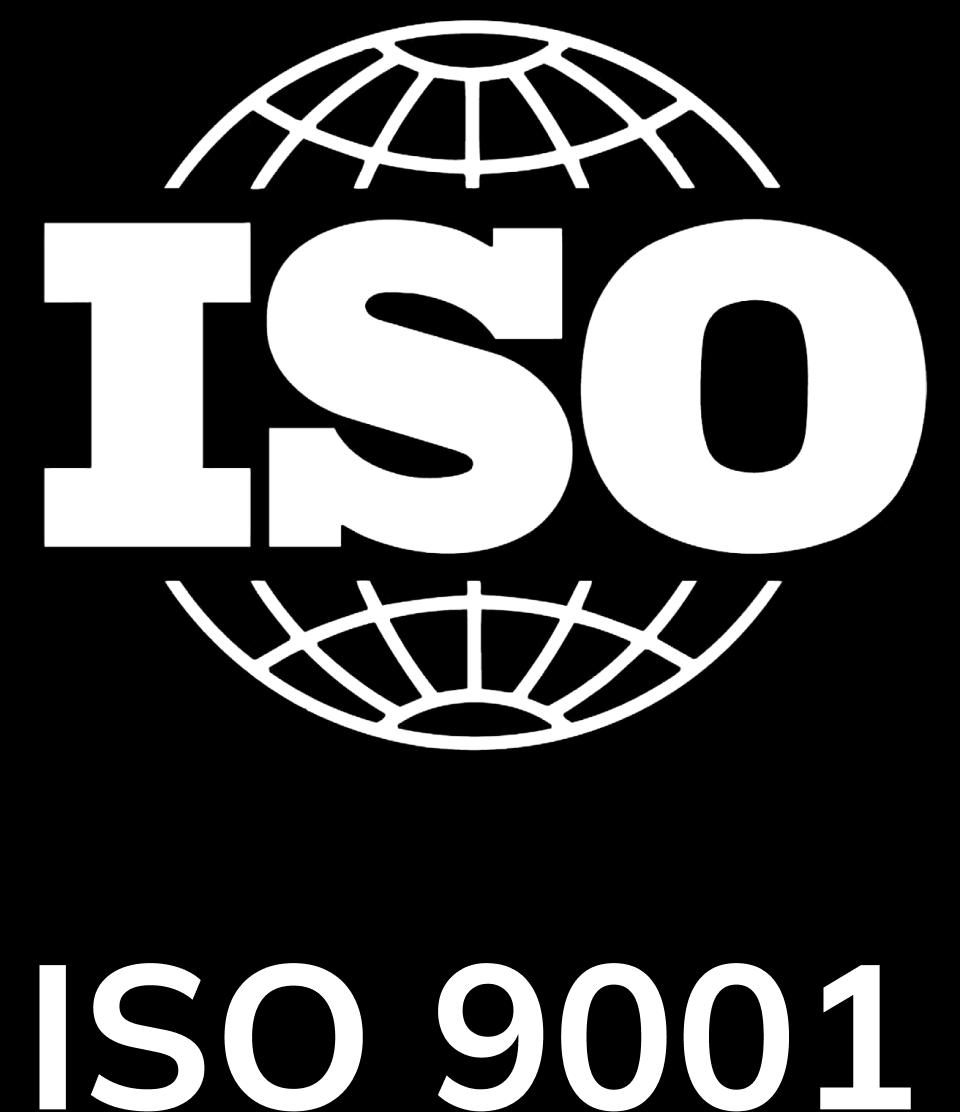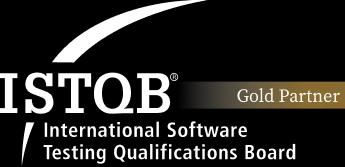
Best types of learning management systems (LMS) in 2025
As online learning (eLearning) continues to grow, Learning Management Systems (LMS) play a crucial role in improving the quality of education and employee training. LMSs not only help manage students, instructors, and the learning process but also enable educational institutions and businesses to easily customize online courses, optimize training processes, and reduce costs. Below is a detailed look at the most popular LMS types today, helping you understand and choose the most suitable system for your organization.
I. The Role of LMS in Online Training
LMS plays a vital role in transforming traditional training methods into an effective online learning model. With the support of technology, LMS allows organizations to easily manage students, courses, and learning materials. Additionally, LMS enables instructors and businesses to transparently and thoroughly track learners’ progress, while saving time and costs compared to traditional training methods.
By providing a synchronized and flexible digital learning environment, LMS allows learners to access learning content from anywhere and at any time. For businesses and educational institutions, LMS optimizes course delivery, ensures continuity in training, and simplifies management. Furthermore, LMS integrates learning data analytics tools to assess the effectiveness of learning and training processes.
II. Types of Learning Management Systems (LMS)
LMS has become an essential tool in online training. However, not all LMS platforms are the same. Based on factors like deployment platform, customization capabilities, and features, LMS can be divided into several types. Here are the most common types of LMS today:
1. Cloud-Based LMS
Cloud-based LMS is one of the most popular types today. With this system, all training data and resources are stored on cloud servers, making access more flexible. Businesses and educational institutions only need to log in to the system via a web browser without installing complex software.
Advantages:
- Access Anytime, Anywhere: Students and instructors can access the system from any device with an internet connection, making learning more convenient.
- Automatic Updates: Cloud-based LMSs are often automatically updated by the provider, ensuring features are always improved without requiring user intervention.
- High Flexibility: Since it doesn’t rely on on-site infrastructure, businesses can easily scale their training programs.
Disadvantages:
- Dependence on Internet Connection: Without a stable network connection, students and instructors may have difficulty accessing the system.
- Data Managed by Third Parties: Storing data on third-party servers may raise concerns about security.
2. Open-Source LMS
Open-source LMS allows organizations to freely download, install, and customize the system according to their specific needs. Popular open-source systems such as Moodle and Open edX provide access to the source code, enabling organizations to customize the interface, add learning tools, content management systems, and features without relying on service providers.
Advantages:
- High Flexibility: With access to the source code, organizations can customize the system to their specific needs, such as adding AI-driven analytics or integrating with a Learning Record Store (LRS).
- Free: Most open-source LMS platforms are free, helping organizations with limited budgets save costs. These systems are often available in the open-source community with extensive documentation and technical support from the developer community.
- Large Support Community: Open-source platforms usually have large user and developer communities, providing documentation and support when needed. Additionally, many open-source systems support plugins and APIs to extend functionality.
Disadvantages:
- Technical Skills Required: Implementing and customizing an open-source LMS requires a skilled IT team, leading to higher personnel costs, especially when integrating with learning data analytics tools or Learning Experience Platforms (LXP).
- Complex Maintenance: Without official support from a provider, organizations are responsible for updating and maintaining the system, including data security and GDPR compliance
3. Commercial LMS
Commercial LMS refers to systems developed by software providers, sold or leased on a paid subscription model. This is a popular choice for organizations seeking a comprehensive system with professional support, without worrying about technical issues. Typical examples include solutions like Blackboard, TalentLMS, or SAP Litmos. These systems often come with support services, regular updates, and advanced features like enhanced learning analytics and compliance management.
Advantages:
- Comprehensive support: Commercial LMSs usually come with technical support from the provider, helping businesses quickly resolve technical issues.
- Advanced features: Most commercial LMSs offer superior features, from course management, learning behavior analytics, and integration with Human Resource Management Systems (HRMS), to training effectiveness analysis.
- Frequent updates: Providers regularly update the system to improve features and ensure security, supporting new standards like xAPI or SCORM.
Disadvantages:
- High cost: Commercial LMSs often come with high subscription or leasing fees, which may not be suitable for organizations with limited budgets.
- Limited customization: Users rely on the provider for feature or interface customization, especially when adjusting learning management processes or reports.
4. Self-hosted LMS
Self-hosted LMS refers to systems installed and managed directly on the organization's servers. This means the organization is fully responsible for the entire deployment process, from installation, maintenance, to security management. This option is suitable for organizations with high data security requirements, regulatory compliance, and the need for complete control over the system.
Advantages:
- Full control: The organization has full control over data and the system, without relying on third parties, which is particularly important for handling sensitive or confidential information.
- High security: If properly configured, a self-hosted LMS can ensure a high level of security, crucial for organizations storing data like personnel information or training records.
- Unlimited customization: The organization can customize the system to any requirements without being limited by the provider, such as integration with a Learning Experience Platform (LXP) or mobile learning applications.
Disadvantages:
- High deployment costs: Self-hosting requires investment in server infrastructure and a technical team for system deployment and maintenance, including cybersecurity and hardware maintenance costs.
- Complex maintenance requirements: The organization must manage the maintenance and updating of the system themselves, which can be costly and complex, especially when integrating tools like xAPI or SCORM.
5. On-premise LMS
Similar to self-hosted LMS, an on-premise LMS requires installation on the organization's server infrastructure. This system is often used by large enterprises to ensure full control over data and operations. However, it demands significant initial investment and requires a technical team for operation.
Advantages:
- Complete control: All data and the system are stored on-site, giving the organization full control over the training and security process, especially for businesses with regulatory compliance requirements.
- Absolute security: Since it does not rely on third-party servers, an on-premise LMS can minimize security risks related to cloud storage.
Disadvantages:
- Large initial investment: On-premise LMSs require significant investment in hardware, software, and human resources for system deployment and maintenance.
- Scalability challenges: As the organization grows, expanding the system may encounter many difficulties and costs, including technology infrastructure updates.
6. Blended (Hybrid) Learning LMS
Blended Learning LMS is a system that combines online training with traditional classroom training. With this system, learners can complete part of the course online and the remainder through direct in-person sessions. This is a modern and flexible learning method, allowing learners to benefit from both forms of education.
Advantages:
- Combines the best of both methods: Learners can access knowledge through online lectures and immediately apply it during in-person sessions.
- Flexibility: Suitable for organizations that want to maintain both online and in-person training formats, enhancing practical learning and real-world experience.
Disadvantages:
- Complex management requirements: To manage effectively, the organization must build a clear training process that coordinates between instructors and the online system.
III. Comparison of LMS Types
Comparing different Learning Management System (LMS) types helps organizations and businesses make decisions that suit their training needs. Below is a detailed comparison of key factors such as features, cost, and ease of use for each type of LMS.
| LMS Types | Features | Cost | Ease of use |
| Cloud-based LMS | Equipped with comprehensive features, including course management, tracking learning progress, integration of communication tools (video, chat), data analytics, and performance reporting. The system is scalable and can easily integrate with other software like CRM or ERP. | Typically charged on a monthly or annual subscription basis. The cost depends on the number of users, required features, and storage capacity. | Since the system operates entirely on a web-based platform, users only need an internet connection to access it. No software installation or advanced technical skills are required. |
| Open-source LMS | Depends on the organization’s customization ability. Open-source platforms like Moodle or Open edX provide basic features, but organizations can develop additional features or integrate third-party tools. | The software is usually free, but the costs related to deployment, customization, maintenance, and technical support can be high, especially if the organization lacks a professional technical team. | Since open-source LMS requires customization, users may face challenges if they lack technical knowledge. However, once properly customized, the system can become user-friendly. |
| Commercial LMS | Rich features optimized for business needs. Supports advanced learning management tools such as automated training processes, in-depth reporting, learning analytics, and easy integration with other systems like HRMS or SCORM. | This is the most expensive type of LMS, often accompanied by monthly or annual subscription packages. Prices depend on the number of users, premium features, and support services. | Commercial LMSs usually have user-friendly interfaces. Providers often offer technical support and detailed user manuals. |
| Self-hosted LMS | Highly customizable, allowing organizations to fully control the system as desired. However, integrating and developing additional features requires technical expertise. | Initially cost-effective as there is no need for software subscriptions. However, server maintenance, upkeep, and IT staff costs can become expensive. | More difficult to use compared to cloud-based or commercial LMS, as users must manage the system locally and handle technical issues themselves. |
| On-premise LMS | Provides comprehensive learning management features and can be customized to meet specific organizational needs. Especially suitable for organizations that require tight data control. | Very high initial investment due to the need for hardware and software installation on-site. There are also ongoing costs for maintenance and hardware upgrades over time. | Similar to self-hosted LMS, implementation and maintenance require a highly skilled IT team. |
| Blended Learning LMS (Hybrid LMS) | Combines online and in-person learning, enhancing interaction and flexibility in the learning process. This LMS supports features such as video conferencing, online learning tracking, and management of in-person sessions. | Costs vary depending on the type of deployment (cloud-based, self-hosted, or commercial). Since it integrates both online and in-person learning, the cost may be higher than pure LMS systems. | Depends on the platform deployed. If cloud-based or commercial, the system will be easier to use, while open-source or self-hosted versions may require higher technical skills. |
IV. How to Choose the Right LMS for Your Organization
Choosing a suitable Learning Management System (LMS) for a business or educational institution is a crucial decision that directly impacts the quality of training, management efficiency, and learner experience. Below are the detailed factors to consider when selecting an LMS.
1. Assess the Organization’s Specific Training Needs
Each organization has different training requirements. Defining clear training objectives is the first step to choosing the right LMS. Ask questions like:
- Do you need to manage fully online courses, or would you prefer to combine them with Blended Learning (a mix of online and in-person training)?
- Do you require any special features such as learning progress tracking, certificate issuance, or learning material management?
- Do you need to integrate the LMS with other systems in your organization, such as HRM software or a CRM system
Understanding your training needs will help you select an LMS that offers the necessary features and meets your organization’s specific requirements.
2. Essential Features of an LMS
When choosing an LMS, you need to identify the key features that the system should have:
- Course management: Easily create, edit, and organize courses.
- Learner management: Track progress, grades, and the status of learners.
- Tool integration: The LMS should integrate with tools such as Zoom (for online learning), payment systems, and other systems like SCORM or xAPI.
- Multi-platform support: The LMS must work well on mobile devices, tablets, and desktop computers.
- Security: The LMS must have strong security measures, such as data encryption and two-factor authentication (2FA), especially when handling sensitive data.
3. Customization and Flexibility
Depending on the type of organization, you might need an LMS that allows you to customize the interface and features to match your specific training needs. For example, you may want to add your company logo, modify the user interface to reflect your organization's brand, or create unique training processes. An LMS with a high degree of customization will help you create a more professional and tailored training environment.
Additionally, the scalability of the system is an important factor. As your organization grows, the number of learners and courses may increase rapidly, so you need a system that can easily scale without reducing performance.
4. Cost and Budget
Cost is always a determining factor when selecting an LMS. Current LMS systems vary widely, from free (such as open-source systems) to commercial solutions with monthly subscription fees. You should consider:
- Initial costs: This includes deployment and installation fees.
- Maintenance costs: For self-hosted LMS, you may incur additional costs for infrastructure maintenance and technical support.
- Per-user costs: Some LMS platforms charge based on the number of learners or courses.
- Additional fees for advanced features: Some LMS platforms offer add-on feature packages that you may need to purchase separately, such as integration with CRM systems, advanced reporting tools, or premium customer support services.
5. Provider Support and Services
Another important factor is the support services provided by the LMS provider. No matter how perfect an LMS is, technical issues or challenges may arise during deployment. Therefore, it’s advisable to choose providers that offer professional customer support, responding quickly when problems occur.
Additionally, some providers offer user guides, instructional videos, and training sessions to help your team become familiar with the system quickly.
6. User Experience and Easy-to-Use Interface
User experience is one of the top priorities when choosing an LMS. A system that is easy to use and has an intuitive interface not only helps administrators manage it more effectively but also facilitates learners’ progress. Prioritize LMS platforms with user-friendly designs, making it easier for both learners and instructors to navigate and use without requiring extensive technical guidance.
7. Integration with Other Systems
Integration with other tools is crucial to ensure the LMS functions seamlessly with your organization’s systems. For instance, your LMS may need to integrate with HR software, CRM systems, reporting tools, or online learning platforms like Zoom or Google Meet. Check if the LMS can integrate with the tools your organization is currently using.
8. Customer Feedback and Provider Development
Before deciding on an LMS, you should review customer feedback on the system. Insights from actual users will give you a clearer understanding of the strengths and weaknesses of the LMS. You should also consider the provider's development trajectory - whether they regularly update features and the system's potential for future growth.
V. Conclusion
A learning management system plays a key role in enhancing the quality of online training. Choosing the right LMS will help organizations optimize their training processes, saving time and costs. Be sure to carefully consider your options before making a final decision.
If you’re looking for an LMS that meets the training and management needs of your business, explore Teamhub LMS – an optimal solution for small and medium-sized businesses. With a simple, easy-to-use interface and flexible customization options, Teamhub LMS will help optimize your training process without requiring substantial resource investment. Sign up today to experience it and receive special offers from Teamhub LMS!
SHARE THIS ARTICLE
Author
Huyen TrangSEO & Marketing at Tokyo Tech Lab
Hello! I'm Huyen Trang, a marketing expert in the IT field with over 5 years of experience. Through my professional knowledge and hands-on experience, I always strive to provide our readers with valuable information about the IT industry.
More Posts



About Tokyo Tech Lab
Services and Solutions
Contact us
© 2023 Tokyo Tech Lab. All Rights Reserved.







